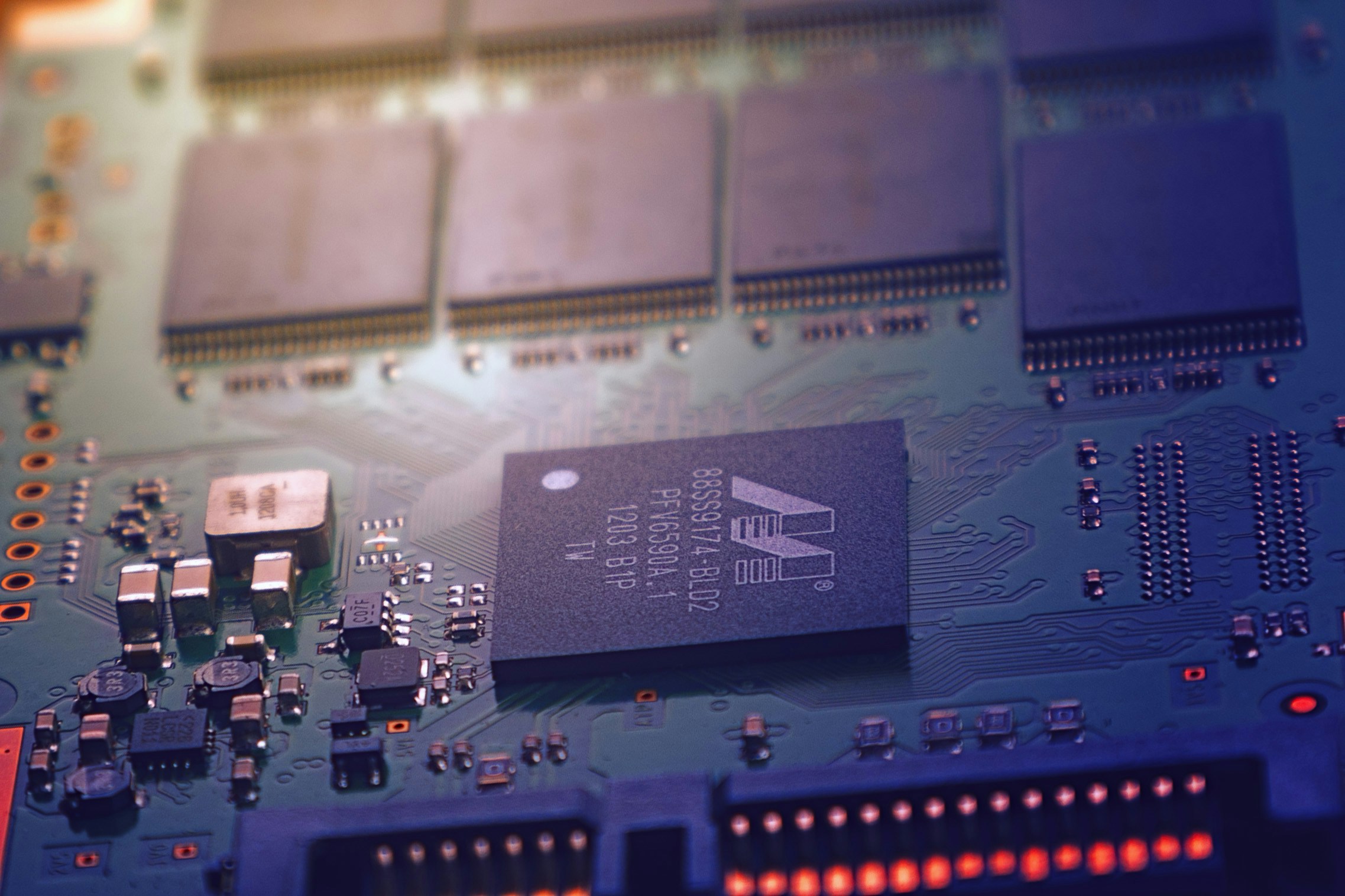"The Emergence of Silicon Carbide in the Tech World: A Game Changer in Power Electronics"
Silicon Carbide (SiC), a compound of silicon and carbon, is making waves in the tech world and for all the right reasons. This wonder material, praised for its ability to withstand high temperatures and voltages, is poised to revolutionize the world of power electronics. With SiC's potential to reduce energy loss and improve power efficiency, we are on the precipice of a technological breakthrough that could change our electronic landscape forever.

The Dawn of Silicon Carbide
Silicon Carbide’s journey began in the late 19th century, when it was first synthesized by the Swedish scientist Jöns Jacob Berzelius. Initially used as an abrasive due to its hardness, SiC eventually gained recognition in the electronics industry for its superior thermal and electrical properties. Researchers identified that SiC could withstand voltages up to ten times higher than silicon, making it a promising material for high-voltage, high-temperature applications.
Silicon Carbide in the Current Tech Scene
Fast forward to today, and Silicon Carbide is at the heart of some of the most exciting developments in power electronics. It is being hailed as a key player in the electric vehicle industry, where the need for efficient power management is paramount. With SiC’s ability to operate at high temperatures, it can significantly reduce the cooling requirements in electric vehicle systems, leading to lighter, more energy-efficient vehicles.
Silicon Carbide and the Future of Power Electronics
The future for Silicon Carbide looks bright, with experts predicting a surge in its adoption across various industries. It is estimated that by 2025, the SiC market will be worth over $1.5 billion, driven largely by its use in power devices, inverters, and electric vehicles. This growth is expected to continue as more industries recognize the benefits of SiC in power efficiency and thermal management.
The Market Impact of Silicon Carbide
While Silicon Carbide offers promising benefits, its cost remains a significant barrier to widespread adoption. As of now, SiC-based devices are around three times more expensive than their silicon counterparts. However, as production scales up and more industries adopt SiC, prices are expected to decrease, making it a more accessible option for power electronics.
A Game Changer in Power Electronics
Silicon Carbide carries the potential to reshape the power electronics landscape. Its superior thermal and electrical properties could pave the way for more energy-efficient, high-performance devices, from electric vehicles to renewable energy systems. As we stand on the cusp of this technological breakthrough, one thing is clear: the era of Silicon Carbide is just beginning.
Final Note: The emergence of Silicon Carbide in the tech world is a testament to the relentless quest for more efficient and powerful electronics. As we delve deeper into its potential, we are likely to uncover even more ways in which SiC can revolutionize our technological landscape. Stay tuned for more exciting developments in this space.




